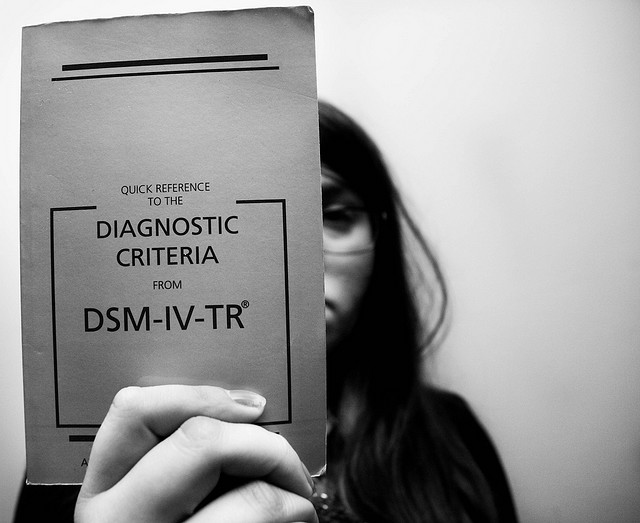A new classification for eating disorders in the DSM
 January 13, 2012 by
January 13, 2012 by  Sumati Gupta, PhD
Sumati Gupta, PhD  Most people hear “eating disorders” and think of bulimia and anorexia. More recently, binge eating disorder has gained national attention as its own eating disorder. However, do people with symptoms of eating disorders really fit into these categories? Many of them do not – they end up shifting between different eating disorder diagnoses throughout their life or they are diagnosed as having an Eating Disorder Not Otherwise Specified (EDNOS). Is there a better way to classify eating disorders?
Most people hear “eating disorders” and think of bulimia and anorexia. More recently, binge eating disorder has gained national attention as its own eating disorder. However, do people with symptoms of eating disorders really fit into these categories? Many of them do not – they end up shifting between different eating disorder diagnoses throughout their life or they are diagnosed as having an Eating Disorder Not Otherwise Specified (EDNOS). Is there a better way to classify eating disorders?
The current diagnostic system for eating disorders is classified by the Diagnostic and Statistical Manual of Mental Disorders (DSM). We’re currently using the 4th edition of the DSM, but scientists are actively editing a 5th edition to be published next year.
A new study published this month seeks to propose a valid classification system for eating disorders in the DSM-V. That is, a classification system based on solid research. The authors used an advanced statistical method to mathematically observe groups/patterns among women with varied eating disorder symptoms. They were particularly interested in groups/patterns that were stable over 2 years.
They found 3 stable groups of eating disorder symptoms:
- Binge eating only
- Binge eating and purging
- Low body mass index (BMI)
At first glace this classification may look a lot like binge eating disorder, bulimia, and anorexia, respectively. However, there are important differences. First, classification of binge or binge/purge is made regardless of BMI. This differs from our current system in which people can be diagnosed as either having bulimia or anorexia: binge/purge subtype. Second, binging/purging was defined as occurring monthly in contrast to our current definition of binging/purging having to occur at least twice a week for bulimia. In sum, the authors suggest that the new DSM-V consider 1) grouping people who binge and purge into one eating disorder regardless of BMI and 2) lowering the threshold for number of binges or binges/purges that constitute an eating disorder.
Why do we even need to have an accurate classification system? Without one, it’s difficult to conduct research, test treatments, and design prevention programs. Researchers will continue to debate how best to classify eating disorders and the public will see the results in the final DSM-V next year.
Photo credit: swellxelle
 Dr. Gupta is a licensed psychologist and professor at Barnard College, Columbia University. She specializes in the treatment of anxiety and eating/weight issues at
Dr. Gupta is a licensed psychologist and professor at Barnard College, Columbia University. She specializes in the treatment of anxiety and eating/weight issues at 